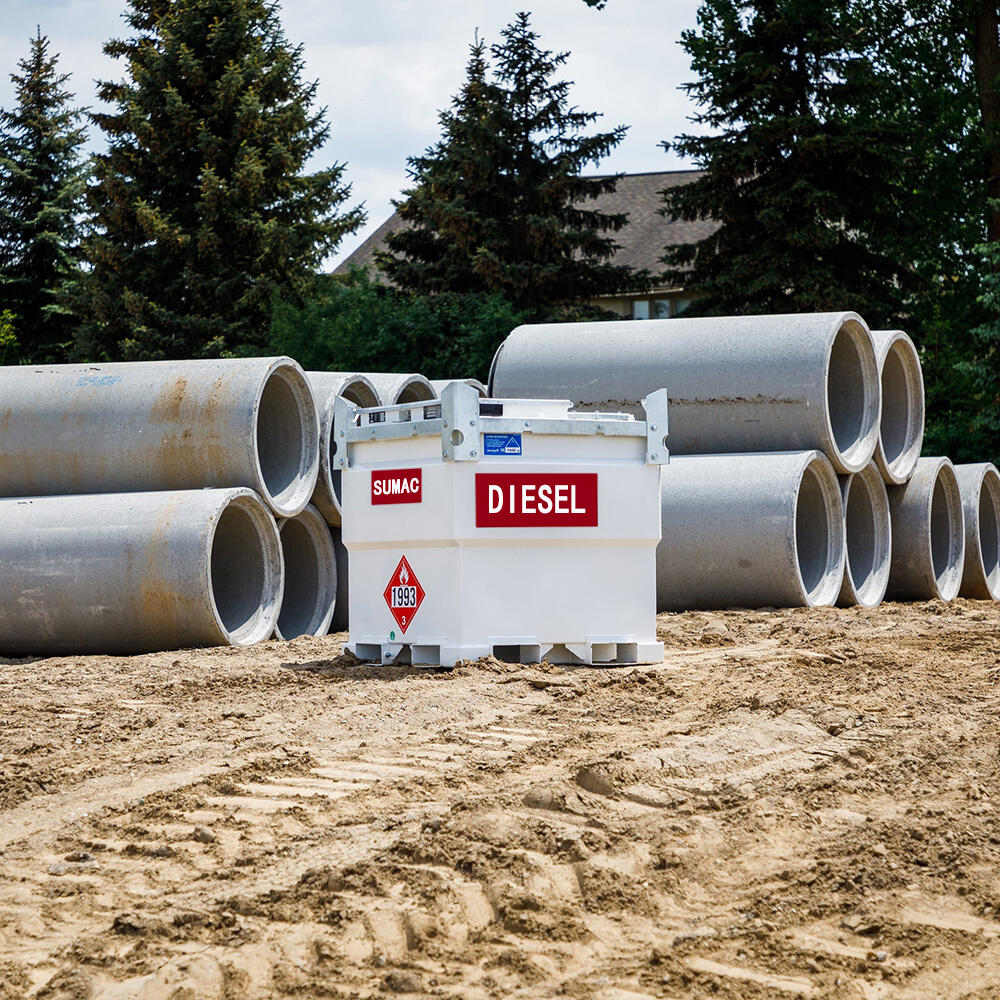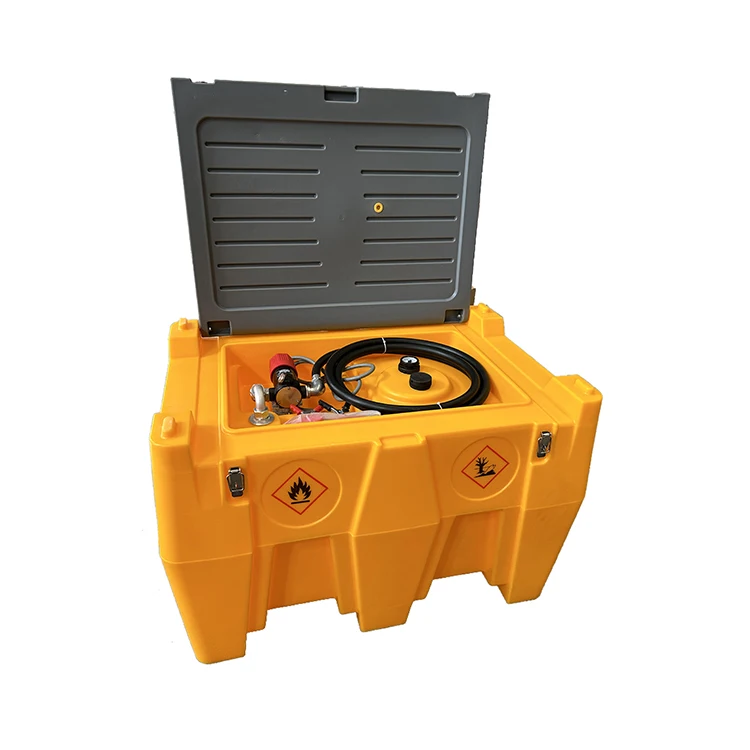Carbon steel diesel fuel cube tank ship to USA
What is a Carbon Steel Diesel Fuel Cube Tank?
A carbon steel diesel fuel cube tank is a container designed to store diesel fuel. The use of carbon steel provides strength and durability. The “cube” shape implies that it has a more or less cuboidal geometry, which is efficient for storage and space utilization.
Carbon steel is a popular choice because it can withstand the pressure exerted by the fuel and external environmental factors to some extent. It is also relatively cost - effective compared to some other materials.
Construction and Design Features
Wall Thickness: The walls of the tank are of a certain thickness to ensure its integrity. The thickness depends on factors such as the size of the tank and the maximum pressure it is expected to handle. For example, a small - to - medium - sized cube tank might have wall thicknesses ranging from a few millimeters to around 10 - 15 mm for larger industrial - scale tanks.
Welding and Joints: High - quality welding is used to join the different panels of the cube - shaped tank. The welds are carefully inspected to prevent leaks. Welds are usually done using techniques like arc welding, and they are tested through methods such as ultrasonic testing or dye - penetrant inspection to ensure there are no flaws.
Access Points: There are usually inlet and outlet ports. The inlet is used to fill the tank with diesel fuel, and the outlet is for dispensing the fuel. These ports are often equipped with valves and fittings to control the flow of fuel. There may also be a manhole or inspection port that allows for maintenance and inspection of the interior of the tank.
Advantages
Strength and Durability: Carbon steel is known for its high strength. It can resist impacts and external forces better than some other materials like plastic. For example, in an industrial setting where there is a risk of accidental collisions with vehicles or machinery, a carbon steel tank is more likely to withstand the impact without rupturing.
Fire Resistance: Compared to some plastic tanks, carbon steel has better fire - resistance properties. Diesel fuel is flammable, and the tank's ability to withstand high temperatures without quickly deteriorating is an important safety factor.
Recyclability: Carbon steel is a recyclable material. At the end of its life cycle, the tank can be recycled, reducing environmental impact.
Disadvantages
Corrosion: One of the main drawbacks of carbon steel is its susceptibility to corrosion. Diesel fuel contains some impurities and water content, which can cause the carbon steel to corrode over time. To combat this, the tank is often coated with anti - corrosion coatings on the inside and sometimes on the outside as well.
Weight: Carbon steel tanks are heavier than tanks made of some other materials such as fiberglass or plastic. This can make transportation and installation more difficult and may require more robust support structures.
Maintenance and Safety Considerations
Regular Inspections: The tank should be inspected regularly for signs of corrosion, leaks, or damage to the welds and fittings. Visual inspections and more in - depth testing such as pressure testing should be carried out at appropriate intervals.
Coating Maintenance: If the tank has an anti - corrosion coating, it needs to be maintained. Any scratches or damage to the coating should be repaired promptly to prevent corrosion.
Safety Devices: It should be equipped with safety devices such as pressure - relief valves to prevent over - pressurization. In case of a fire, fire - suppression systems or barriers may also be installed around the tank area to minimize the risk of a major disaster.
https://www.sumachine.com/

Recommended Products
Hot News
-
Double wall portable diesel gasoline cube tank with pump sale for Mauritius
2024-11-11
-
Double Walled Portable Fuel TransferCube Tank Ship To Spain
2024-11-07
-
Shipping of portable aviation fuel tank with pump
2024-10-12
-
Carbon steel diesel fuel cube tank ship to USA
2024-11-14
-
Carbon steel cube tank with pump
2024-11-13
-
Fuel Transfer Tank Cube Stationary Double Walled Diesel Storage Tank Sale For Spain
2024-11-06
-
251 US Gallon 552 Gallon Fuel Cube Transfer Tank Sale For USA
2024-11-05
-
251-2000 Gallon Fuel Cube Transfer Tank Sale For Grenada
2024-11-01
-
552 Gallon portable fuel dispenser with tank sale for USA
2024-10-30
-
Mobile fuel tank with pump sale for Spain
2024-10-22
 EN
EN
 AR
AR
 BG
BG
 HR
HR
 CS
CS
 DA
DA
 NL
NL
 FI
FI
 FR
FR
 DE
DE
 EL
EL
 IT
IT
 JA
JA
 KO
KO
 NO
NO
 PL
PL
 PT
PT
 RO
RO
 RU
RU
 ES
ES
 SV
SV
 TL
TL
 ID
ID
 LT
LT
 SR
SR
 SK
SK
 SL
SL
 UK
UK
 VI
VI
 HU
HU
 TH
TH
 TR
TR
 MS
MS
 GA
GA
 IS
IS
 KA
KA
 HT
HT
 KK
KK
 UZ
UZ










